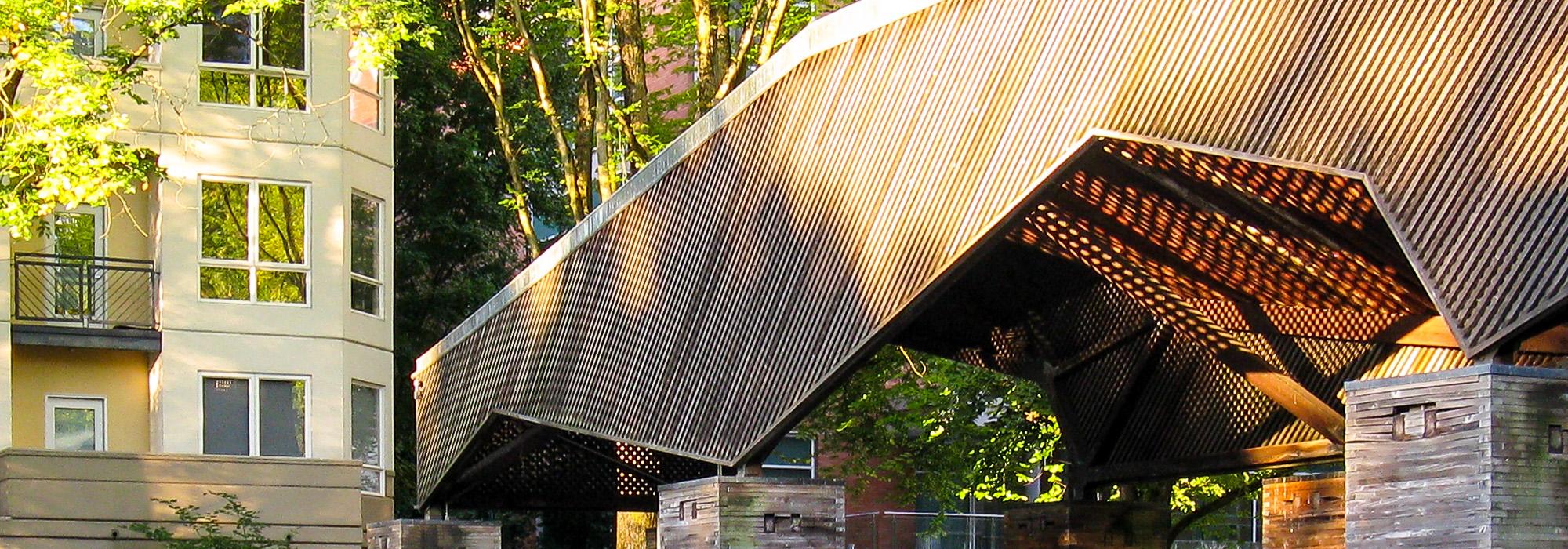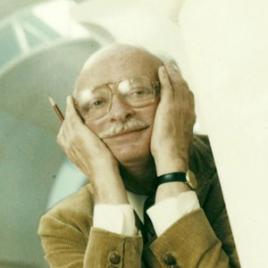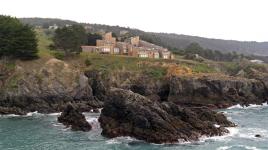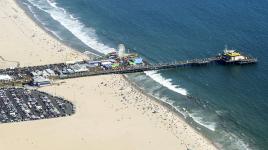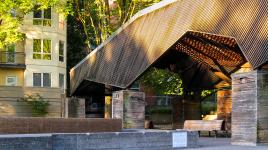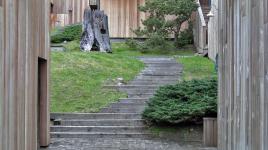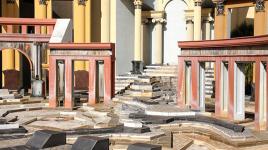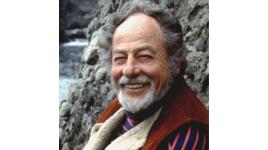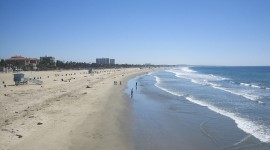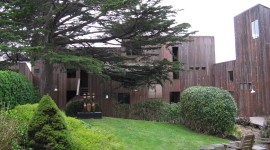Pioneer Information
Born in Benton Harbor, Michigan, Moore graduated from the University of Michigan in 1947 and registered as an architect by the time he was 21. He continued his education, completing an M.F.A. and Ph.D. at Princeton University in 1957. Academic pursuits remained an important part of Moore’s career, with leadership teaching posts at the University of California in Los Angeles and Berkeley, and at Yale and the University of Texas, among others.
Inspired by early travels throughout the United States, Europe, North Africa, and Japan, Moore employed a humanistic approach to design. He instructed his students to “look at places, listen to people.” Moore’s built work was completed through seven different firms, reflecting evolving partnerships and Moore’s academic positions in various locations. In the mid-1960s he worked with Lawrence Halprin at Sea Ranch, a landmark project in both men’s careers. Moore is recognized as a progenitor of Postmodernist design, with projects such as the campus of Kresge College in Santa Cruz, designed as a meandering village street connecting plazas in a redwood forest, and the Piazza d’Italia in New Orleans, where Moore created a “surprise plaza” with a collision of styles and abstracted minimalism that also reinvigorated abandoned infrastructure.
Moore had a prolific writing career, with books including The Poetics of Gardens (1993, with William J. Mitchell and William Turnbull Jr.) and The Chambers for a Memory Palace (1996, with Donlyn Lyndon), which explore Moore’s philosophy that “good places matter.” He received the Gold Medal from the American Instituite of Architects in 1991.



